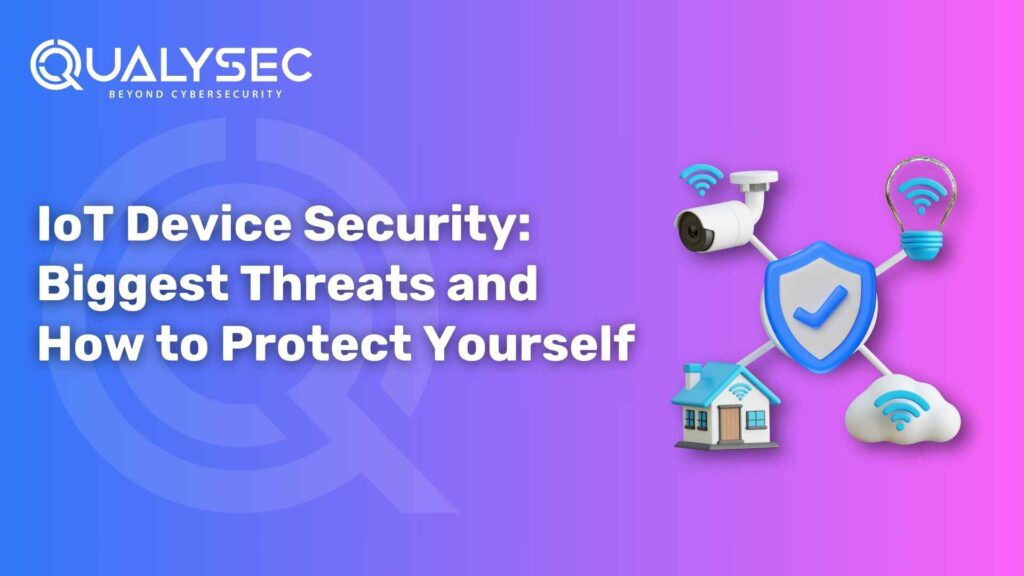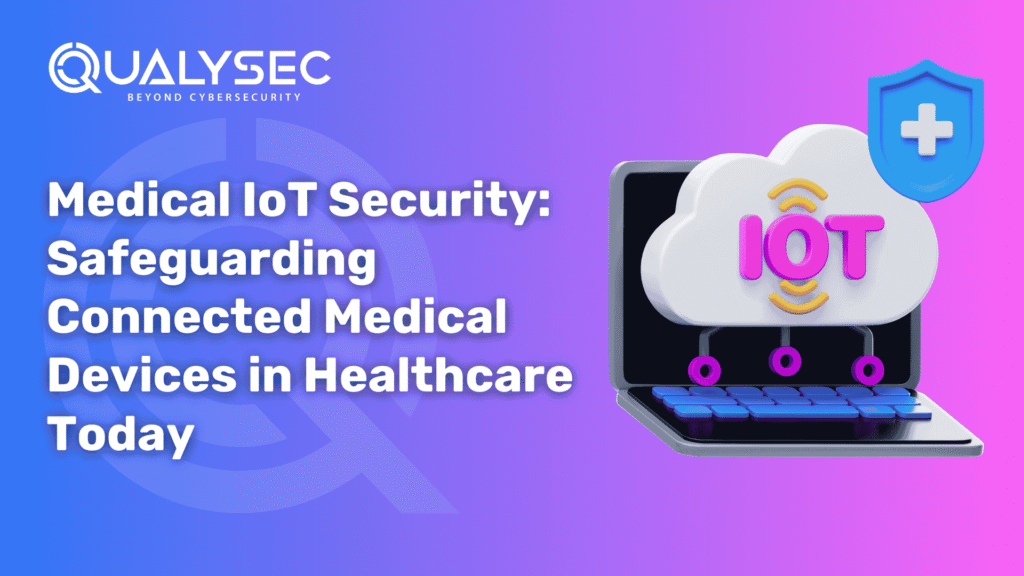IoT Device Security: Biggest Threats and How to Protect Yourself
The Internet of Things (IoT) revolutionized how technology interacts with us. From wearables like wristbands to industrial equipment and smartphones, to the Internet of Things (IoT) devices, they greet us from every direction. With this widespread adoption, IoT Device Security has become a critical concern. In 2023, over 15 billion IoT devices were deployed globally; by 2030, an estimate was made that there would be 29.4 billion (Statista). But where interconnection is more, risk is more. IoT devices are not securely managed and can therefore be used to trigger attacks. Unauthenticated guardians, outdated firmware, and multi-standards constitute the ingredients for a monster threat to businesses, consumers, and governments. The article outlines the largest IoT security threats and provides the best ways to defend yourself against them. Why IoT Devices Are Vulnerable? Recognizing the resource constraints of IoT devices is crucial to their security. IoT Device Security is challenging due to these inherent limitations. Why are they so prone to being hacked? 1. Limited Resources IoT devices are low-power and low-energy devices. They don’t come with enormous storage, memory, or CPU, and therefore, the addition of advanced security capabilities like intrusion detection and encryption becomes a limiting factor. 2. Non-Standardization IoT is built on a heterogeneous collection of devices produced by hundreds of different companies, and most of them use more than one protocol. Security structures or not, leaky defenses. 3. Worthless or Non-Existent Updates There are firmware patches for patching loopholes. These devices don’t rely on end-users doing something manually that never occurs. 4. Default Credentials They like the root login password and names (i.e., “admin/admin”). Common everywhere and used mainly by hackers. 5. Always-On Connectivity IoT devices are permanently connected, and therefore, they expose a bigger attack surface. A hijacked device would then be an always-on attack on a network. IoT Device Security: The Most Crippling Threats 1. Unauthorized Access & Device Hijacking Risk: Hackers use IoT devices with poor authentication, open API, or hard-coded passwords. The device becomes a spy, a data thief, or an attack platform for a secondary attack after it enters the system. Example: Default passwords were not used by the Mirai Botnet until 2016, infecting over half a million IoT devices, which were then used to take over and conduct massive-scale DDoS attacks, causing services like Twitter, Reddit, and Netflix to go offline. Defense: Batch change default passwords One-time passwords Use two-factor authentication wherever possible 2. Denial of Service (DoS) and Distributed DoS (DDoS) Attacks Threat: Infected IoT devices are used to launch DDoS attacks by forming a traffic flood within a network or server, making services inaccessible. Effect: DDoS attacks employing IoT rose by 50% in 2023 (Kaspersky). Where there are enough devices available on the network from which to attack, it is not such a complex process to form botnets in an attempt to make a profit. Protection: Segregate the network as a countermeasure to isolate IoT devices Deploy DDoS protection software Suspect rogue traffic 3. Man-in-the-Middle (MitM) Attacks Threat: Device-server communication should be encrypted, or else the data can be hijacked and manipulated by attackers. It is the most serious threat to industrial and healthcare applications. Example: In the hospital, a MitM attack could alter a patient monitor read-out to result in incorrect treatment. Defense: Use end-to-end encryption with TLS Enforce secure communication protocols (e.g., HTTPS, MQTT over TLS) Employ VPN tunnels for remote access to devices 4. Data Hacking and Privacy Breach Risk: IoT devices steal sensitive personal data by systematically gathering medical, location-based, and voice-based data, including language. It can be hijacked statewide for identity theft when accessed, or as a bridgehead to tap in the middle. Measure: An HP study revealed that 70% of IoT devices transmit data in an unencrypted form, making them vulnerable to unauthorized access. Mitigation: Harvest only strictly necessary Encrypt in transit and on standby Store on edge where it will be handy to do so (edge computing) 5. Firmware Bugs and Unpatched Firmware Threat: Firmware can contain exploitable vulnerabilities due to outdated firmware. The worst supply competitor never releases patches to remedy and, therefore, leaves merchandise vulnerable to known attacks. Example: Ripple20 vulnerabilities had infected nearly one million devices with the Treck TCP/IP stack, many of which were unpatched, in 2021. Defense: Select vendors with uptimes of more than the default time. Harden firmware updates independently. Digitally sign firmware for integrity 6. Insecure APIs and Cloud Interfaces Threat: Open APIs used to communicate with cloud infrastructure or mobile applications can be exploited to gain unauthorized access to information or steal it. Defense: Tokenize all API calls API penetration testing regularly Implement rate limiting to prevent abuse 7. Physical Manipulation and Reverse Engineering Threat: A physical attacker reverse-engineers firmware, dumps data, or manipulates hardware to identify exploits after acquiring physical access to a device. Defense: Implement secure boot processes Use tamper-evident closures and packaging Shut down unused ports and interfaces (UART, JTAG) Download the IoT Device Pen Testing Report to identify vulnerabilities and solutions. Latest Penetration Testing Report Download IoT Device Security Best Practices to Protect Against Threats 1. Device Configuration Security Reset the default login password Disable unneeded features and ports Use secure rotating passwords and MFA Explore the Complete Guide to Performing an IoT Security Audit for tips on securing devices. 2. Network Segmentation Use IoT devices on dedicated VLANs Use firewalls to restrict cross-network traffic Block sideways motion in case of breach Learn the importance of IoT Security Testing for network segmentation. 3. Use Zero Trust Architecture Default to thinking of devices as untrusted Use constant authentication and authorization Monitor all device activity for patterns of suspicious behavior Explore IoT Security Standards for implementing Zero Trust Architecture. 4. Ongoing Monitoring and Logging Collect logs using SIEM technology from all web-connected devices Employ notifications against out-of-pattern or suspicious activity Search for compromise patterns in the logs. Enhance protection with IoT Device Pen Testing for continuous monitoring. 5. Vendor Screening and Secure Supply Chains Purchase from security best practice supply






